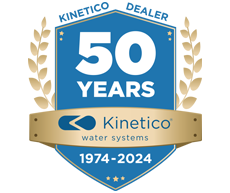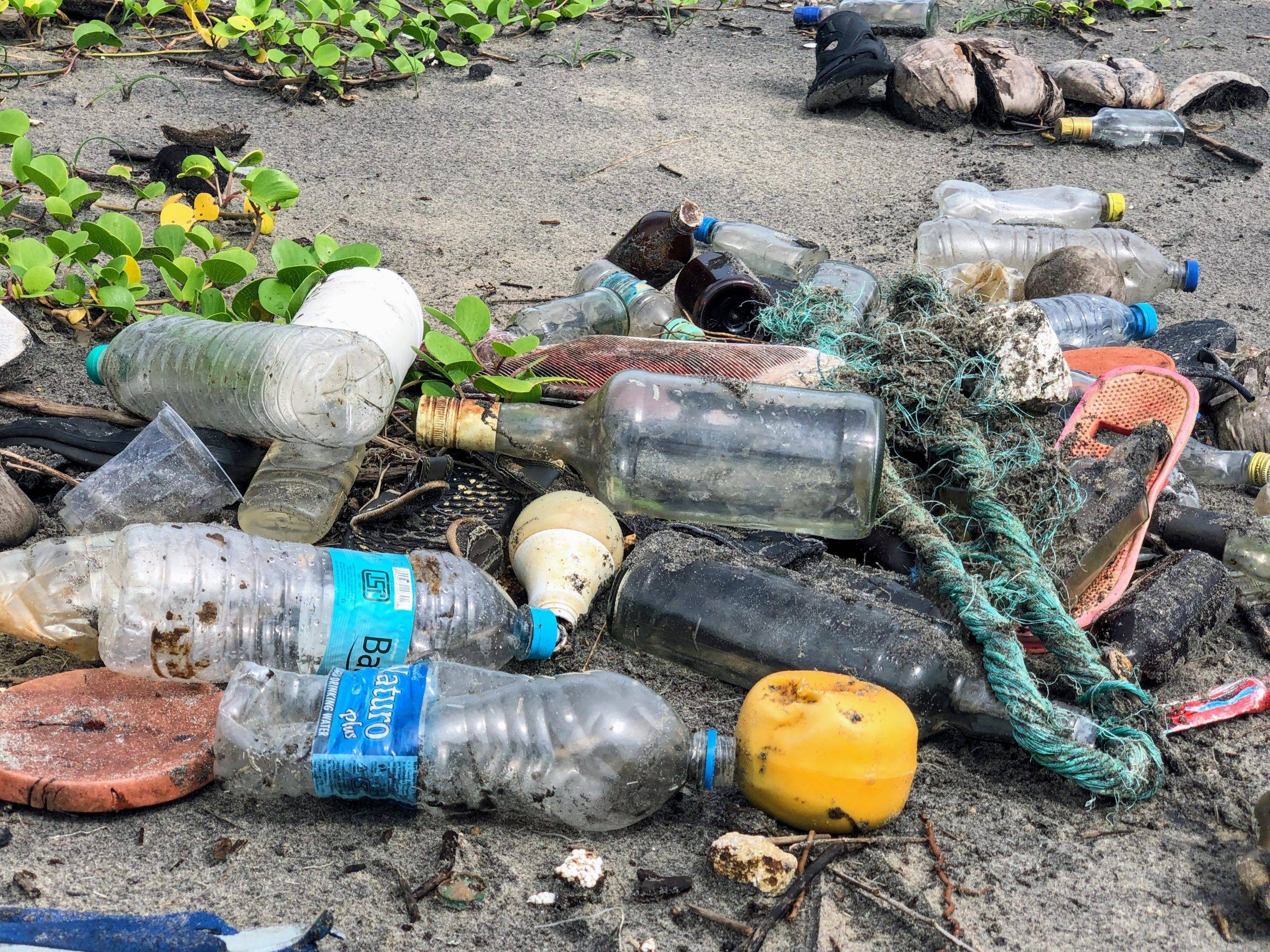What are microplastics and how do they impact your drinking water?
Plastic is the most prevalent type of debris found in our ocean and Great Lakes. While plastic debris can come in various shapes and sizes, those that are less than five millimeters long are called “microplastics.” Microplastics develop as a result of larger plastic debris that degrades into smaller pieces. A common microplastic, microbeads, are tiny pieces of manufactured polyethylene plastic added as exfoliants to health and beauty products. Because they are such tiny particles, they end up in oceans and Great Lakes.
Microplastics are not a recent problem. They have been present in our water systems for more than 50 years as manufactures have increasingly replaced natural ingredients with plastics. Microplastics breakdown to be such tiny particles that easily pass-through water filtration systems. Due to this, reports show that 94% of the U.S. tap water samples analyzed contain plastic particles.
Significant causes of microplastics in Water Supplies:
- Plastic Bags
- Plastic Bottles
- Plastic Straws
- Plastic Fibers in Clothing
- Cosmetic Products
How are microplastics impacting us locally?
According to a recent study completed by PennEnvironment, an environmental advocacy group, microplastics have been found in several waterways, including some of their biggest lakes and rivers. Three hundred water samples were collected to test for microplastics, and microplastics were detected in each sample. The group explained that plastics don’t break down into organic components; instead, they continually break down into smaller pieces of plastic. They concluded that due to the presence of microplastics coming from our sources of water, we consume about a full credit card’s worth of plastic each week. Reports also explained that Lake Erie has some of the highest concentrations of microplastics in comparison to other bodies of water in the world. In addition, International Recycling Group, one of the largest plastics sorting facilities globally, is seeking a permit in Erie County. The key concern of this plant will be the microplastic pollution flying from the site as their process is described as “a giant cheese grater” hence, releasing several particles into the air ending up in our waterways.
How can you protect your water from microplastics?
The Water Quality Association calls a Point-of-Use water system a “final barrier” to treat the water people consumer. The Kinetico K5 Drinking Water Station is designed to reduce small particles, like microplastics, from your water. Kinetico explains, “The K5 Drinking Water Station uses a multi-level filtration process to treat water. Water first travels through a sediment pre-filter where it significantly reduces particulates greater than 5 microns. It then travels through the reverse osmosis (RO) membrane, which addresses smaller contaminants like metal ions and aqueous salts that are less than 0.001 microns in size – much smaller than a 1-micron microbead. Optional auxiliary cartridges can be added to handle other concerns such as bacteria and viruses, volatile organic compounds, arsenic, and perchlorate. Finally, the water is given a final polish via the postfilter, removing chlorine or chloramine to improve taste and smell.”
Ways you can reduce microplastics:
- Use reusable or paper alternative bags rather than single-use plastic bags
- Limit your use of single-use cups, straws, and eating utensils
- Eliminate the use of single-use bottled water
- Purchase items made of natural fibers
Protect your family from consuming microplastic, and other possible harmful contaminates that may be in your water. Contact Clearwater Systems today for a FREE water test to find out what’s in your water and to learn more about our Kinetico K5 Drinking Water Station! Call us at 1-888-928-3710 today!




